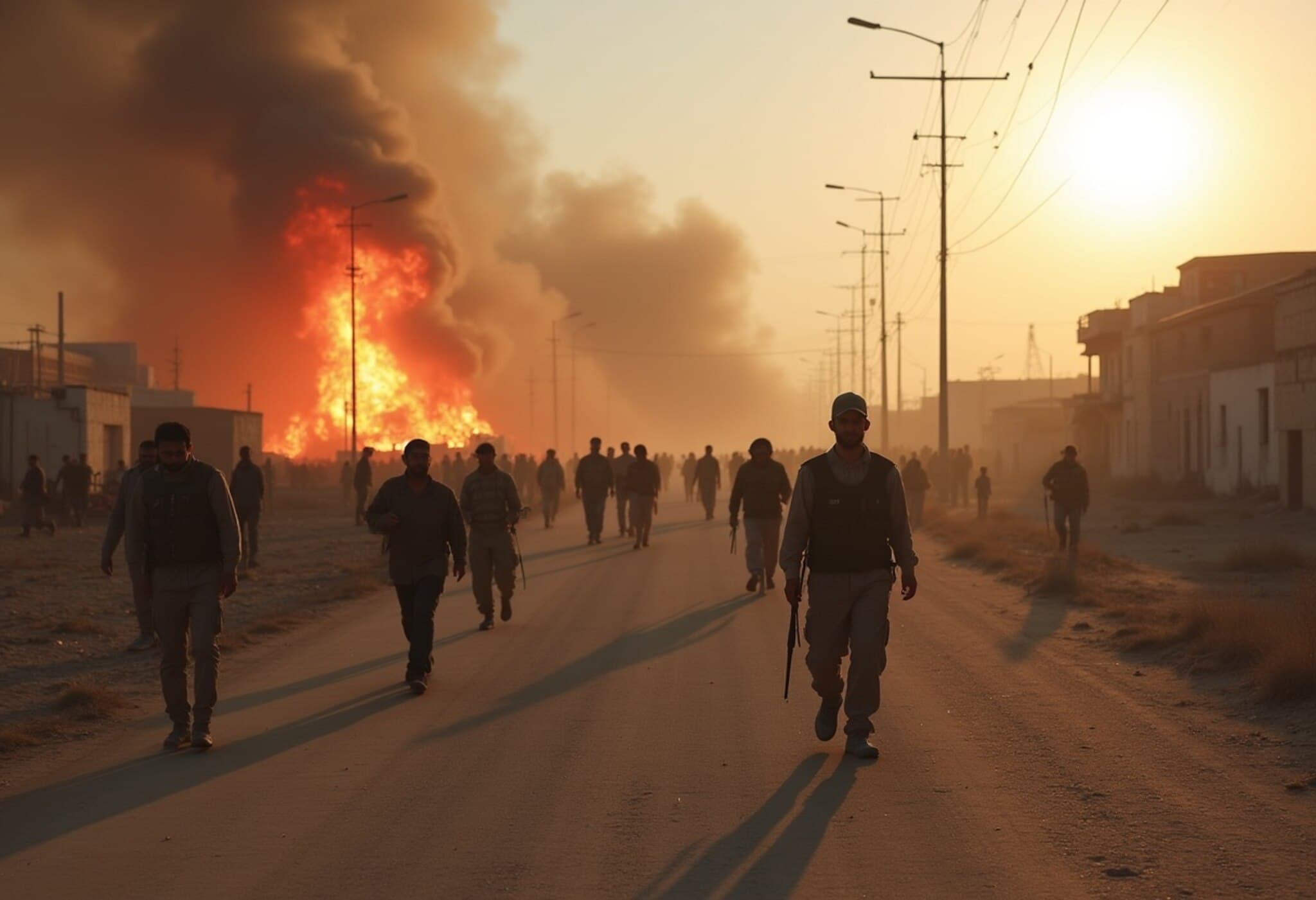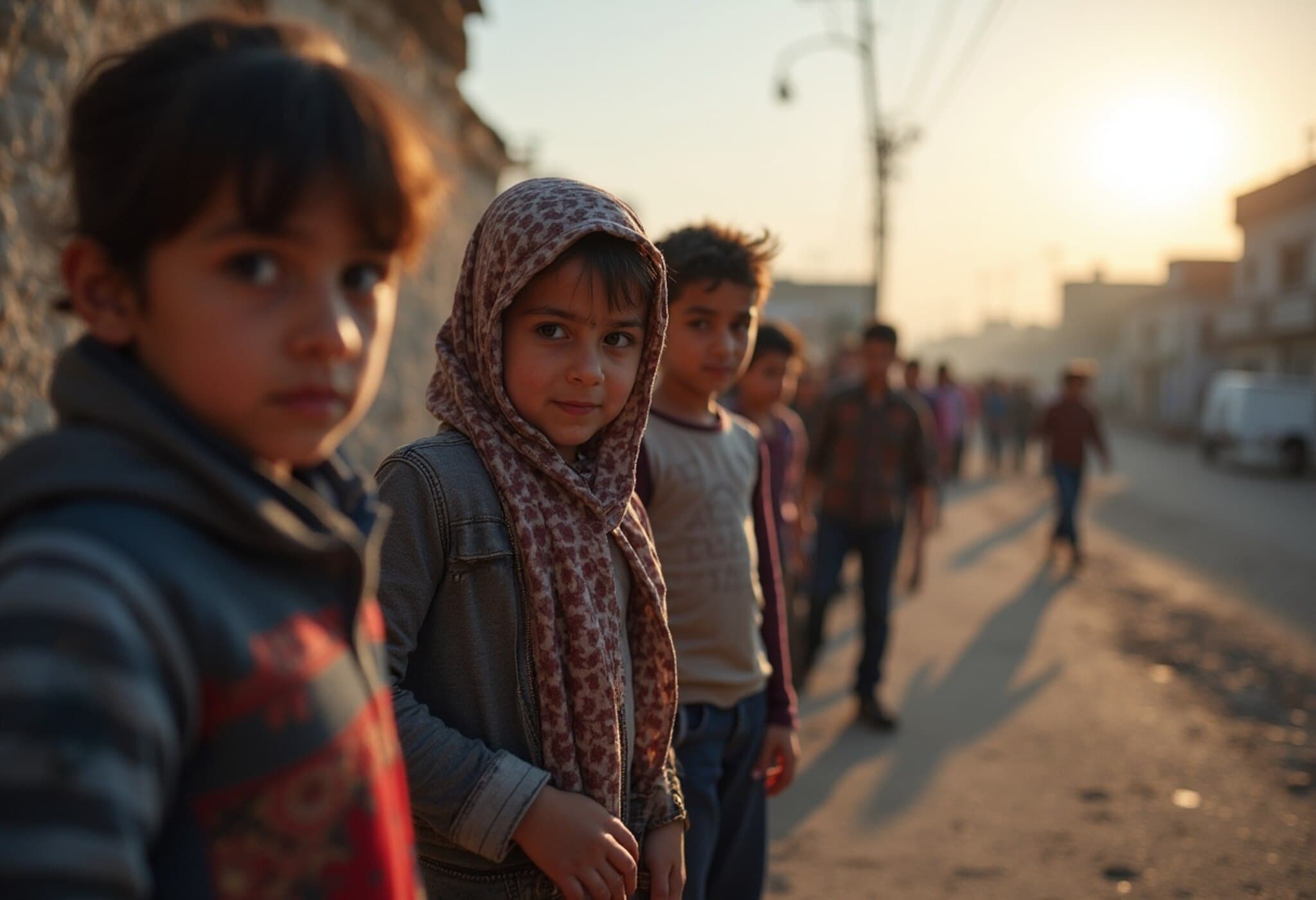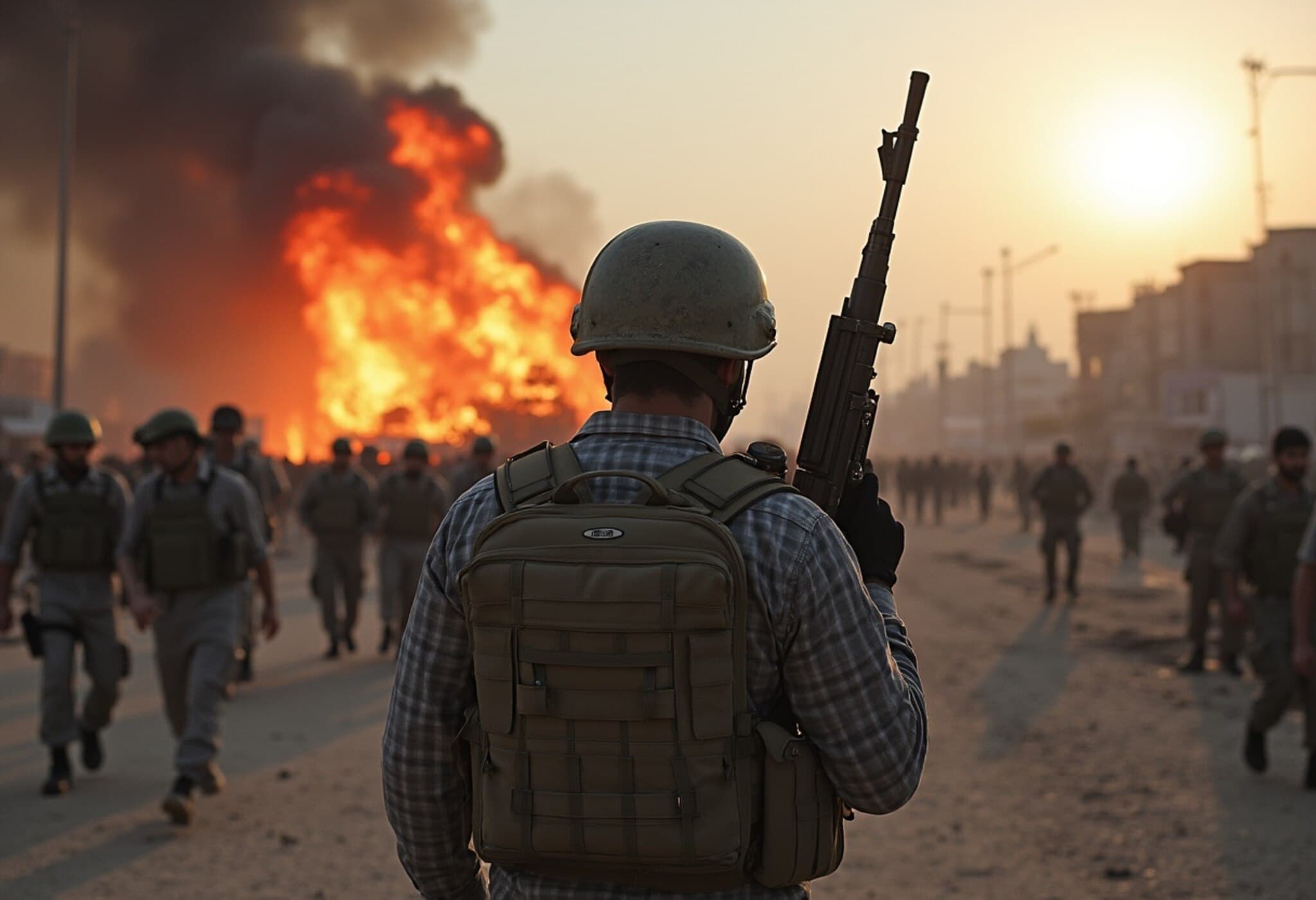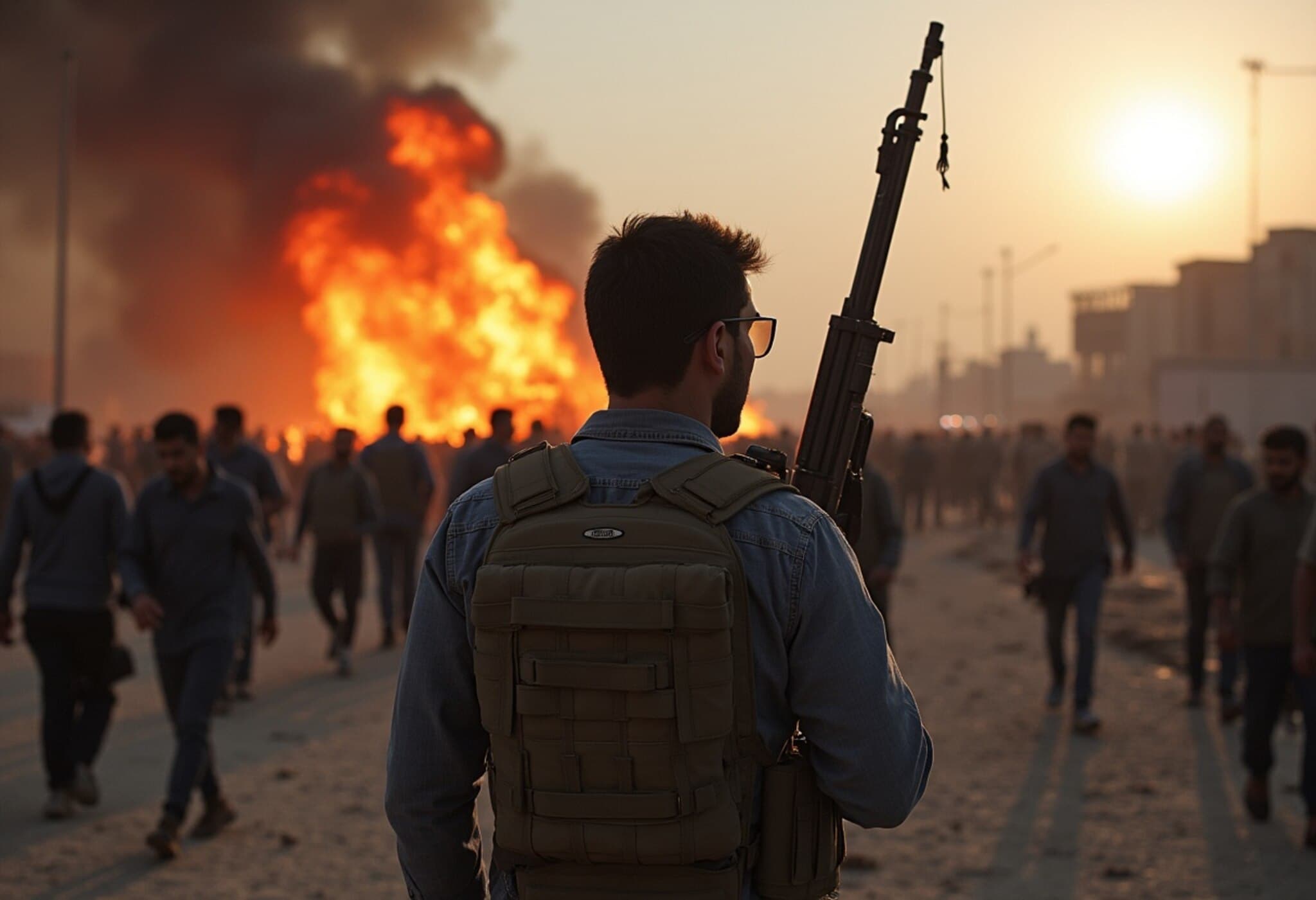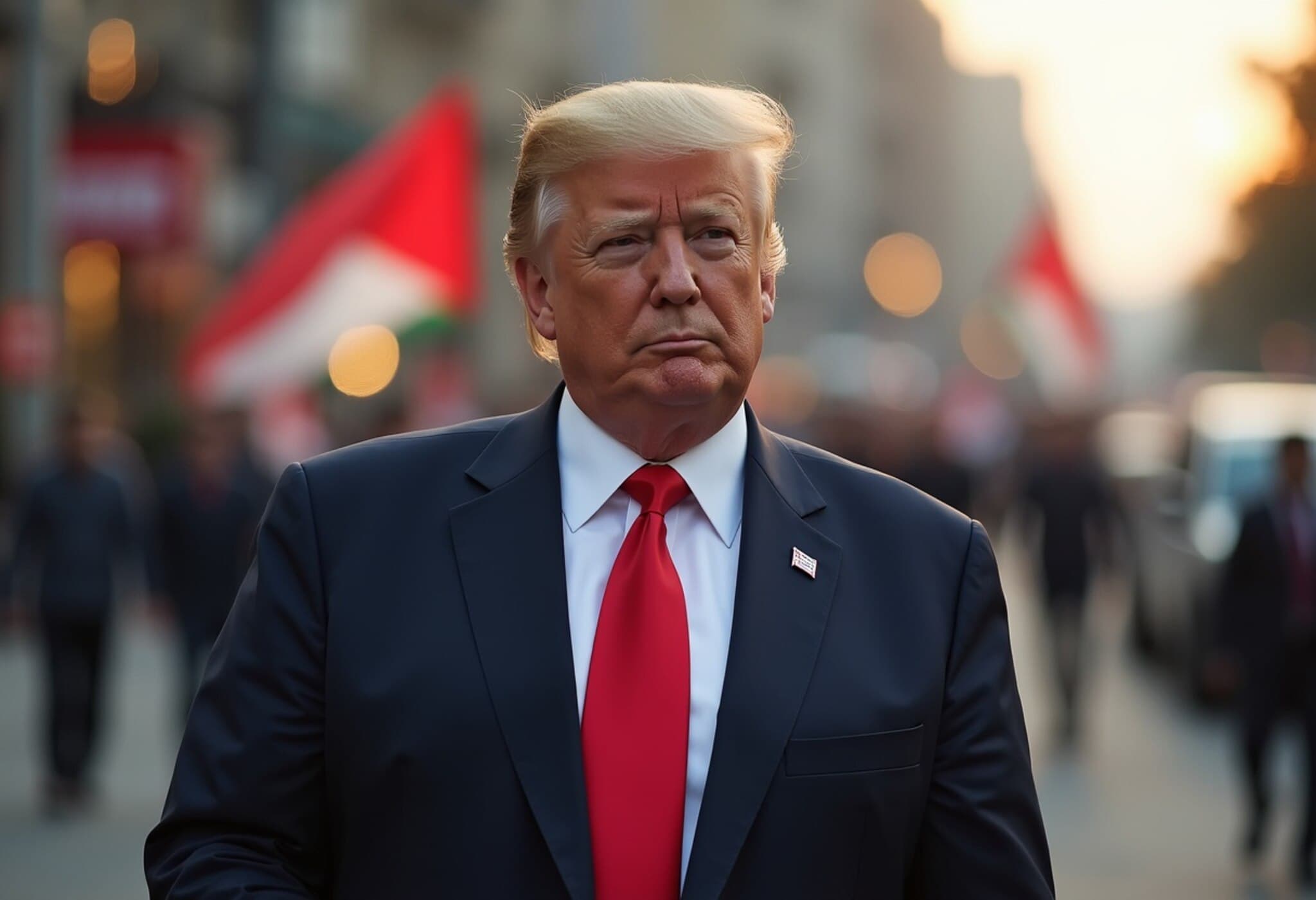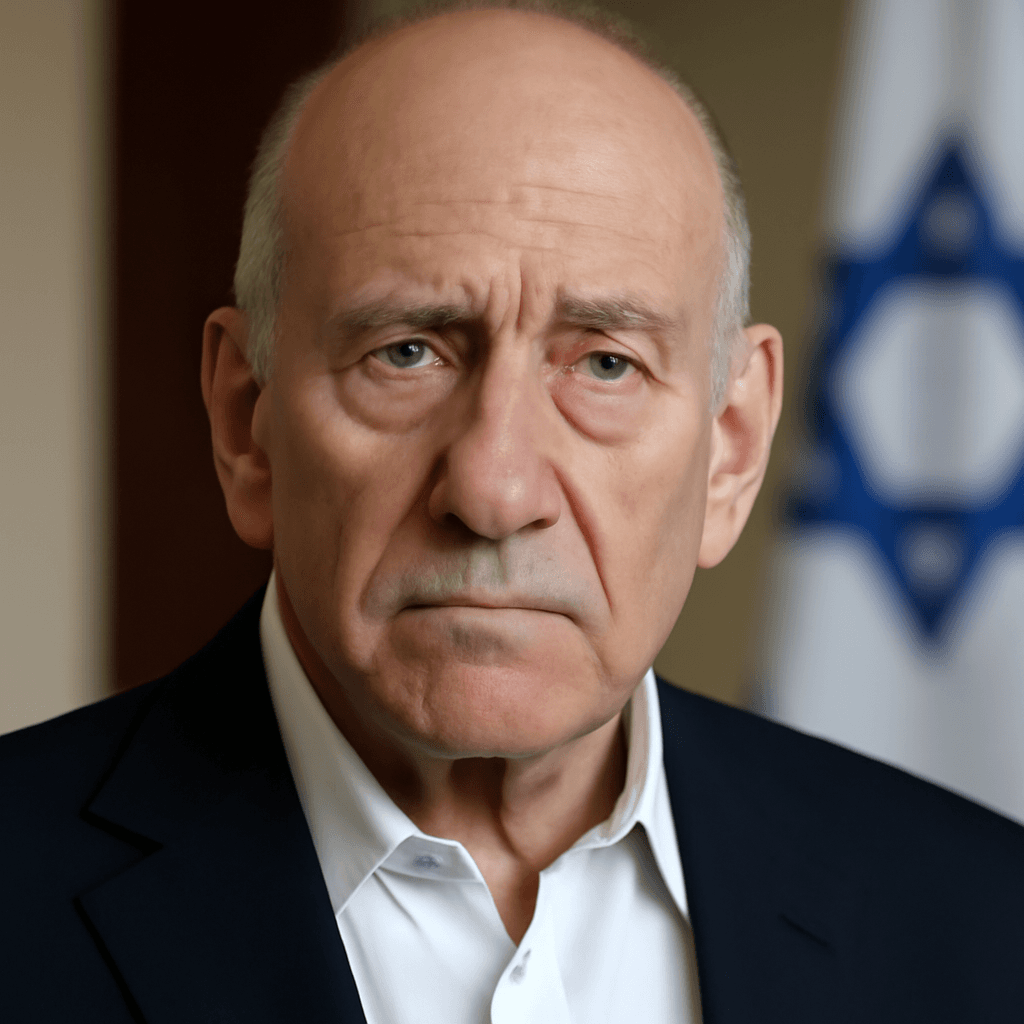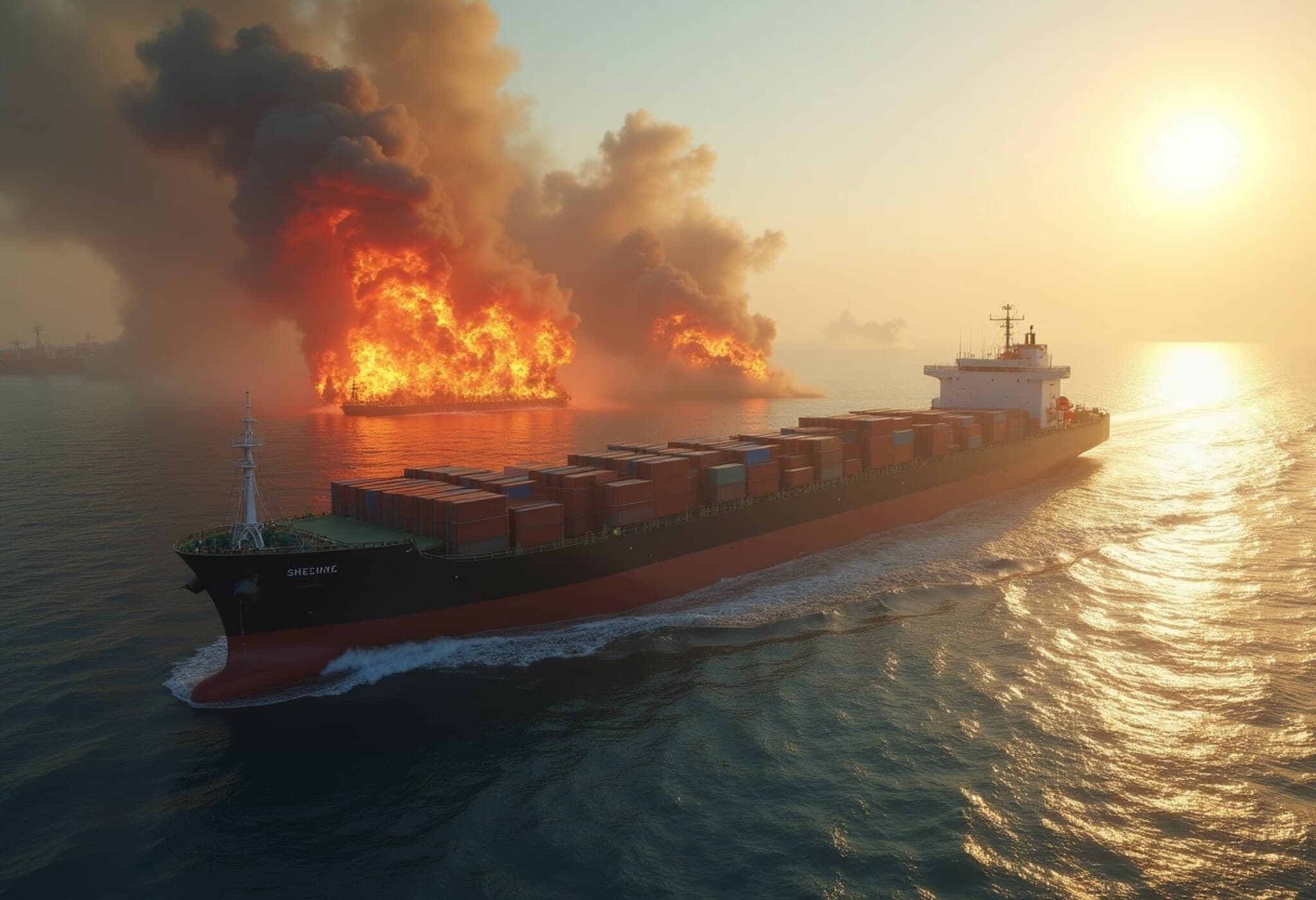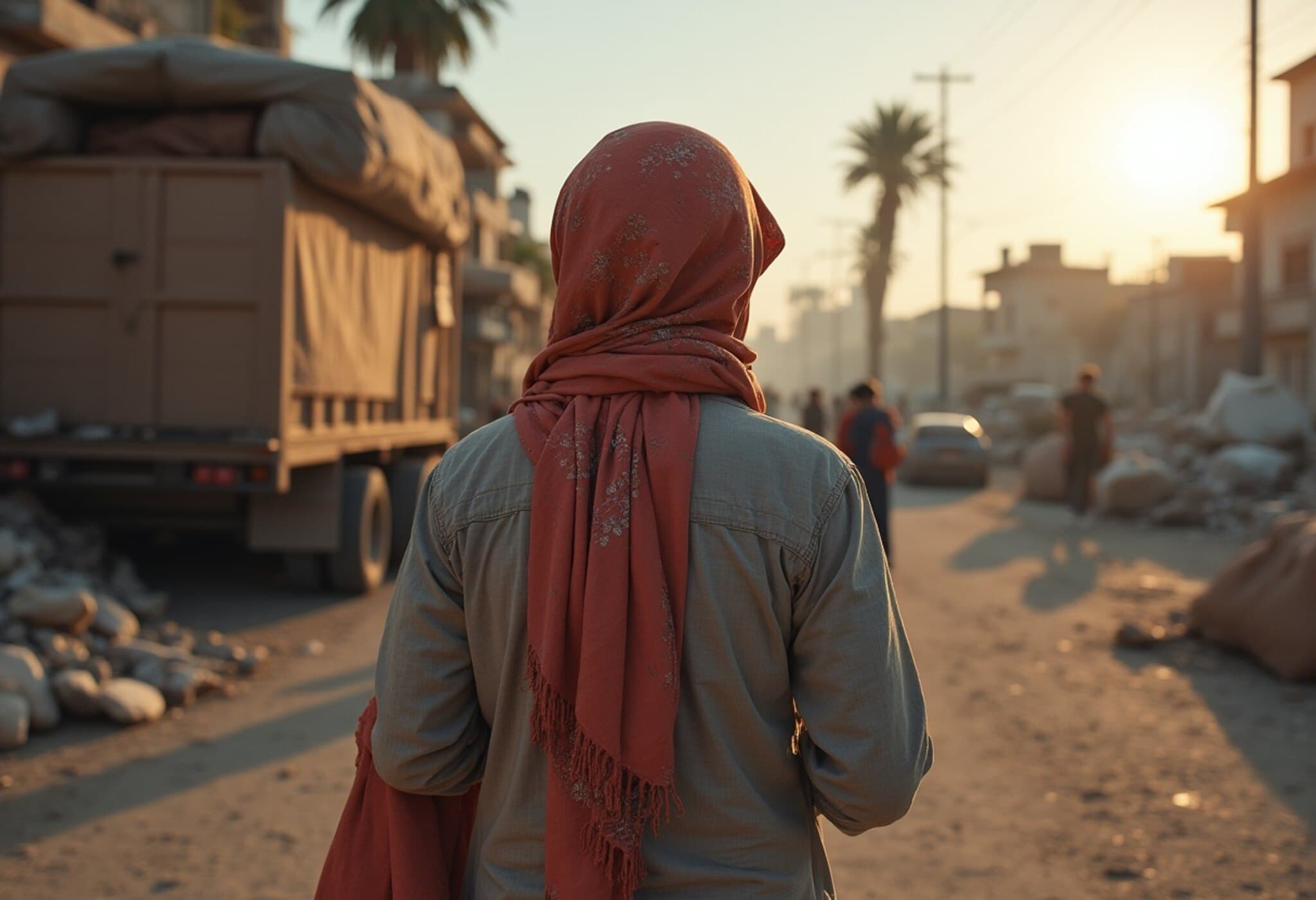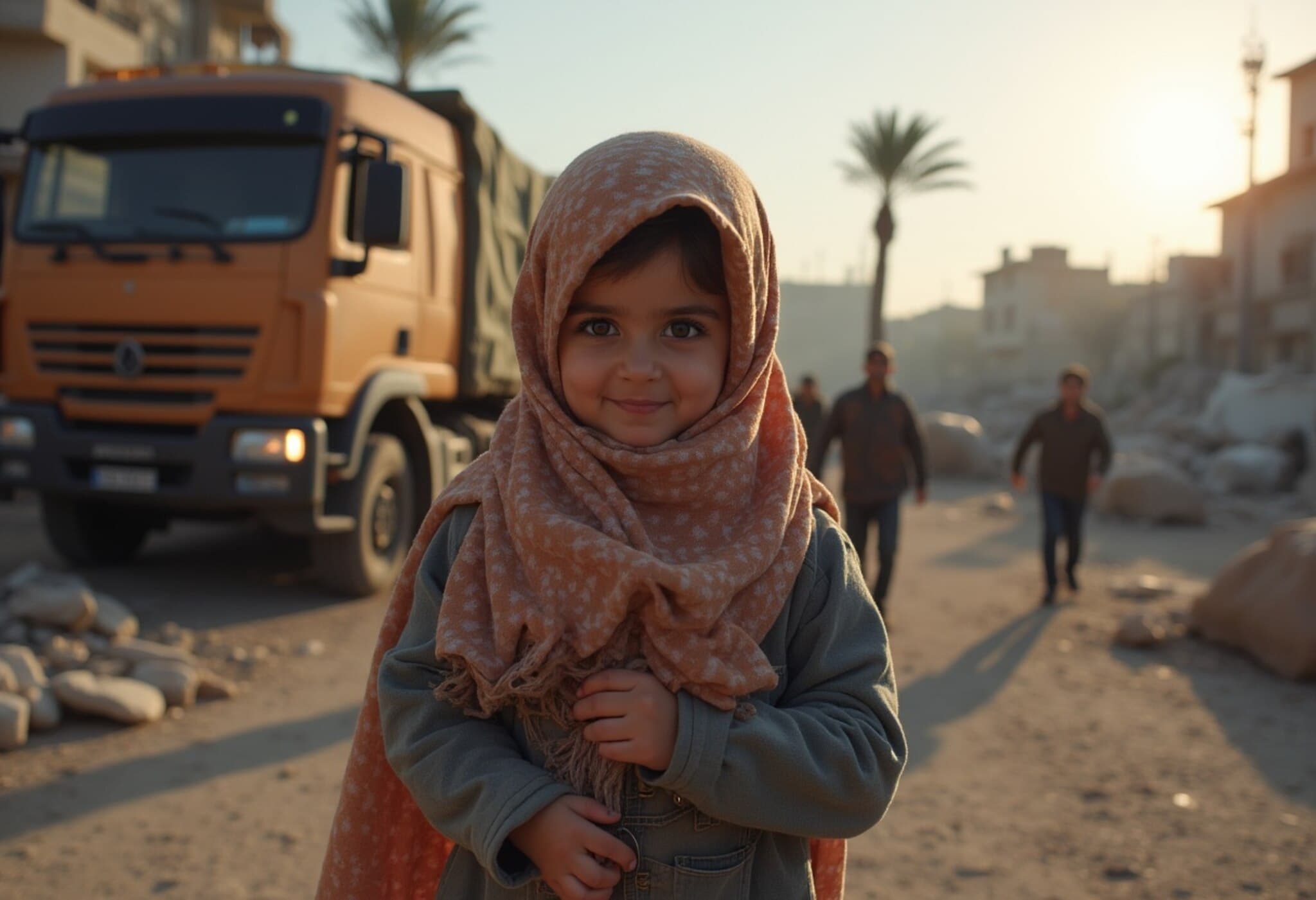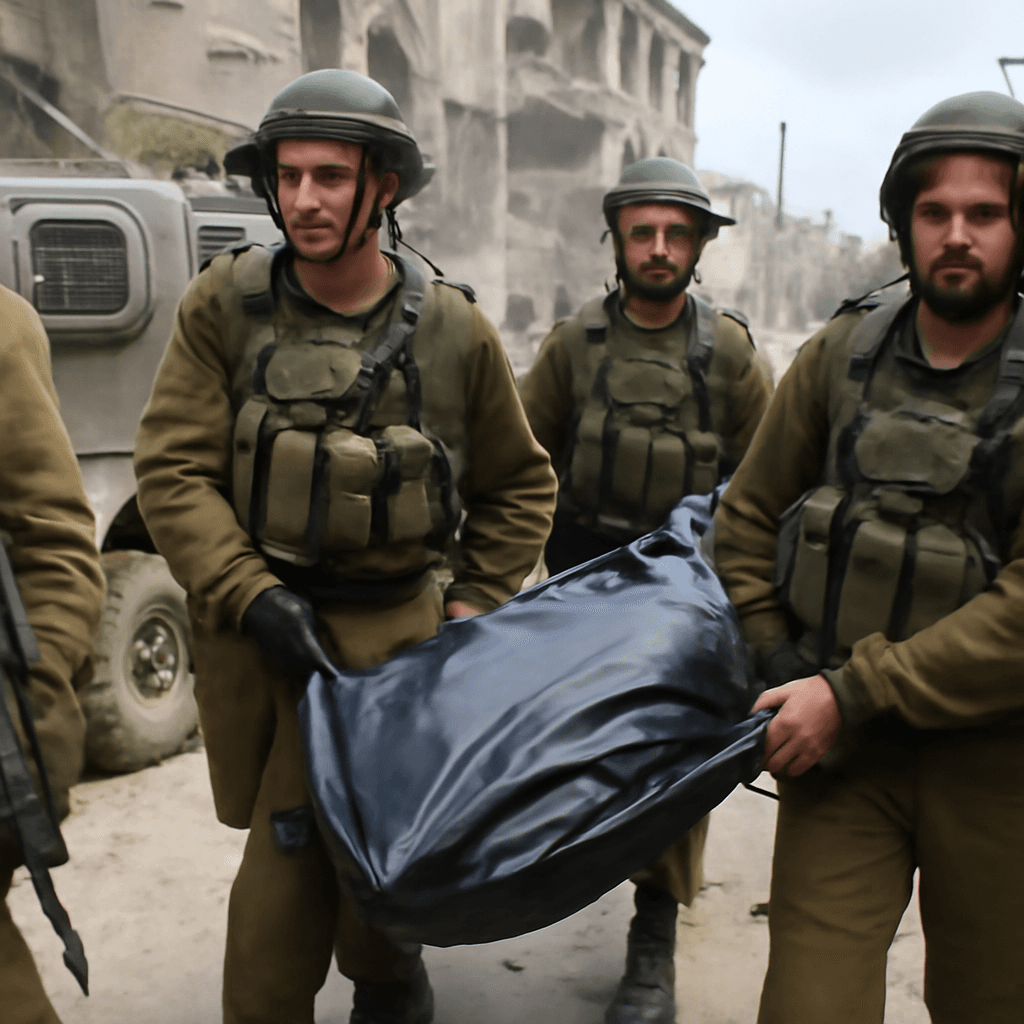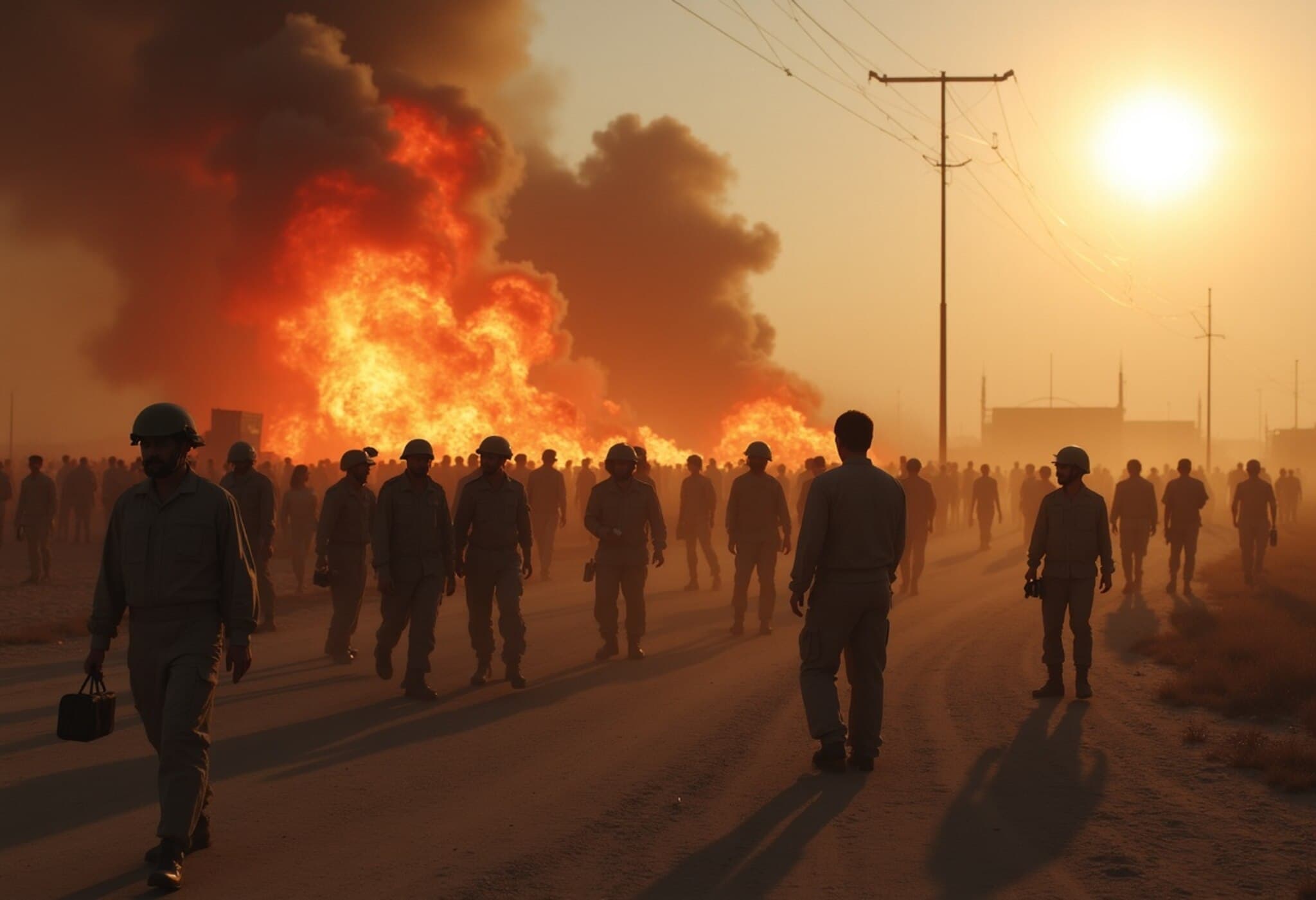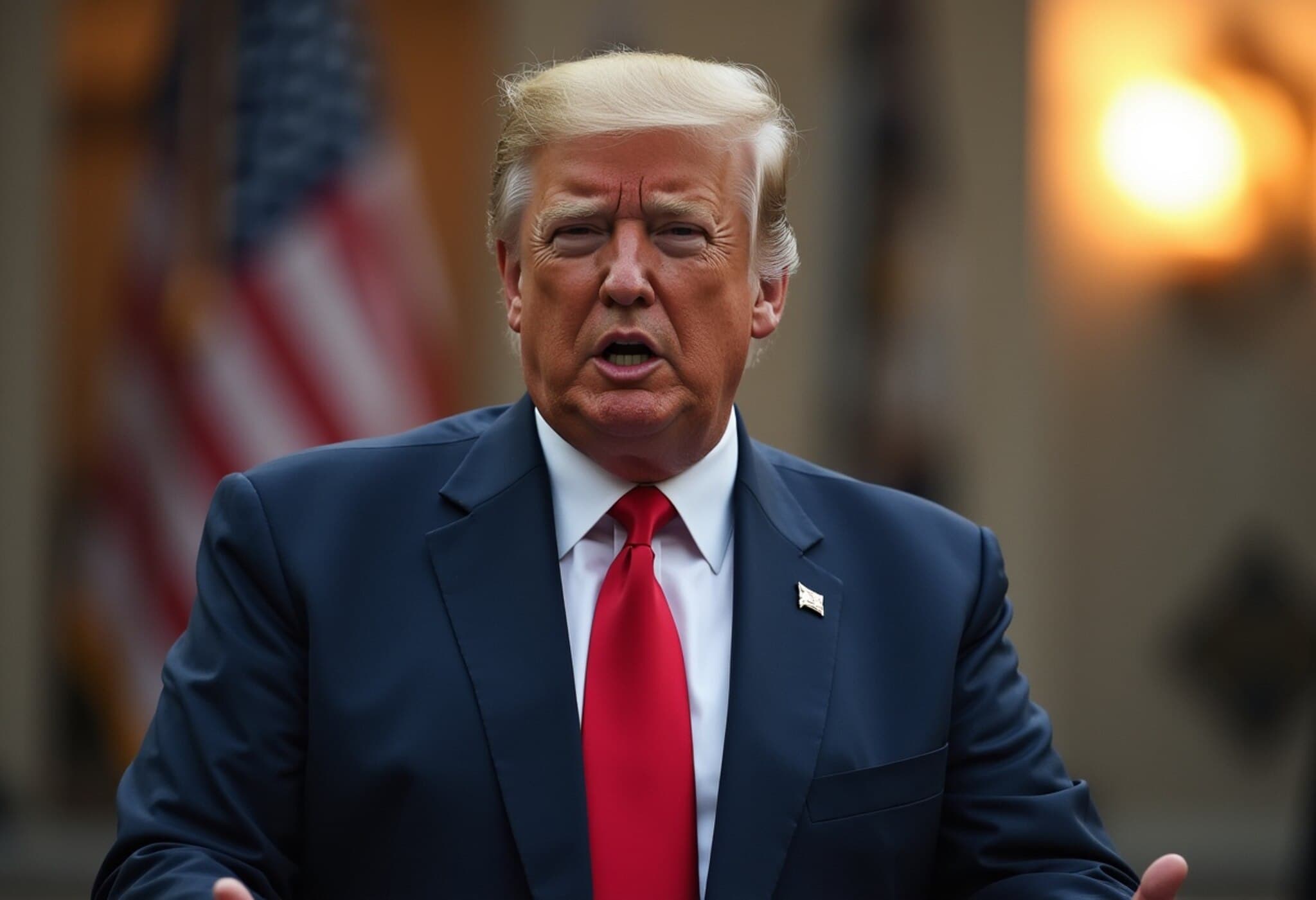Violence Escalates in Southern Syria's Sweida Province
Southern Syria has witnessed a deadly escalation of violence, with the death toll in the Sweida province climbing past 500 fatalities in recent days. The conflict has involved fierce clashes between the local Druze minority armed groups and Syrian government forces, compounded by Israeli airstrikes targeting the region.
Casualty Breakdown and Key Developments
According to the Syrian Observatory for Human Rights, the total casualties include:
- 79 Druze fighters killed in confrontations
- 154 civilians from Sweida province, tragically including 83 summary executions reportedly carried out by members of the Syrian defence and interior ministries
- 243 Syrian government personnel lost during combat operations
- 18 Bedouin fighters who died in fighting
- 3 Bedouin tribal members executed by Druze fighters
- 15 government troops killed in Israeli airstrikes targeting key military positions
Background: The Druze Minority Amid Syria’s Complex Landscape
The Druze community, primarily centered in the Sweida region, has historically maintained a delicate balance in Syria’s multifaceted civil war. Their involvement in hostilities with the government signals a worrying shift, raising questions about the broader impacts on Syria’s social fabric and minority protections.
Israeli Airstrikes: Expanding the Conflict's Frontlines
Adding layers to the conflict, Israeli military strikes targeted Syrian government forces — reportedly killing 15 personnel. Israel’s involvement is part of an ongoing effort to curb Iranian influence and weapon transfers to Hezbollah, but it risks widening the conflict and destabilizing an already fragile southern border.
Human Costs and Regional Implications
Beyond raw numbers, the human tragedy is profound. The summary executions and targeted killings highlight deep-seated animosities and potential sectarian tensions. This underscores the urgent need for international diplomatic engagement to prevent further deterioration.
The clashes have also sparked protests by Druze communities outside the US Embassy in Jerusalem, signalling wider regional repercussions and the diaspora’s heightened concern.
Expert Analysis: What This Means for Syria and Beyond
Experts emphasize that the Southern Syria fighting is emblematic of the war’s evolving nature, with localized ethnic or sectarian disputes increasingly intertwined with broader state and international rivalries. This could challenge peace-building efforts and prolong instability in a region already devastated by years of conflict.
- Potential for increased sectarian violence: As minority groups like the Druze feel increasingly marginalized or targeted.
- Broader geopolitical risks: Israel’s airstrikes may provoke responses, risking a regional flare-up.
- Humanitarian concerns: Civilians face immense risks amid military operations and extrajudicial killings.
Looking Ahead: Calls for Accountability and Dialogue
The international community faces pressing questions about protecting minority populations and ensuring accountability for violations like summary executions. Dialogues involving Syrian authorities, Druze leaders, regional actors, and global stakeholders are crucial to charting a path toward de-escalation.
Editor's Note
The tragic loss of life in Southern Syria’s Sweida province serves as a stark reminder of how multifaceted and deeply rooted conflicts can spiral into cycles of sectarian violence and geopolitical entanglement. As the situation unfolds, it is vital to monitor developments through a nuanced lens—recognizing the human suffering while understanding the broader regional dynamics at play.
Will increased international engagement help mediate this volatile mix, or will the conflict deepen sectarian divides and destabilize the already fragile Syrian state? These are critical questions for policymakers and citizens alike.

